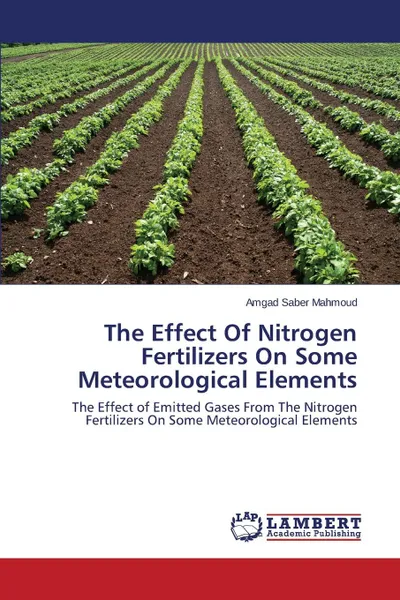The Effect Of Nitrogen Fertilizers On Some Meteorological Elements 12+
Автор: Mahmoud Amgad Saber
76 страниц
Категория: Научная литература
ISBN: 9783659440427
Язык: Английский
📓 Greenhouse gases (CO2 and N2O) play an important role in the atmospheric chemistry and in the global warming. According to the emissions inventories that governments submit to the UNFCCC, agriculture accounts for about 15 % of global GHGs. Agriculture contributes about half of the global emissions of two of the most potent non-carbon dioxide greenhouse gases nitrous oxide and methane. Nitrous oxide emissions from soils, fertilizers application and manures).Agricultural soils are considered sources of carbon dioxide emissions and nitrous oxide. The nitrogen fertilizer is the most important sources of nitrous oxide emissions.Clay soil fertilized with urea gave the largest amount of emissions of carbon dioxide and were15607 ppm, while in the control chambers were 9228 ppm (The proportion of clay soils contribute in the total emission amounted to 59.1% and was the carbon dioxide emitted by the urea ratio of 40.9%). Sandy soil fertilized with urea gave the highest emissions of nitrous oxide, where 6.07 ppm.In the first experiment we observe that the largest difference in temperature was 1.5 oC.In the second experiment also note that the largest difference in temperature was 1.73 oC .
Мнения
